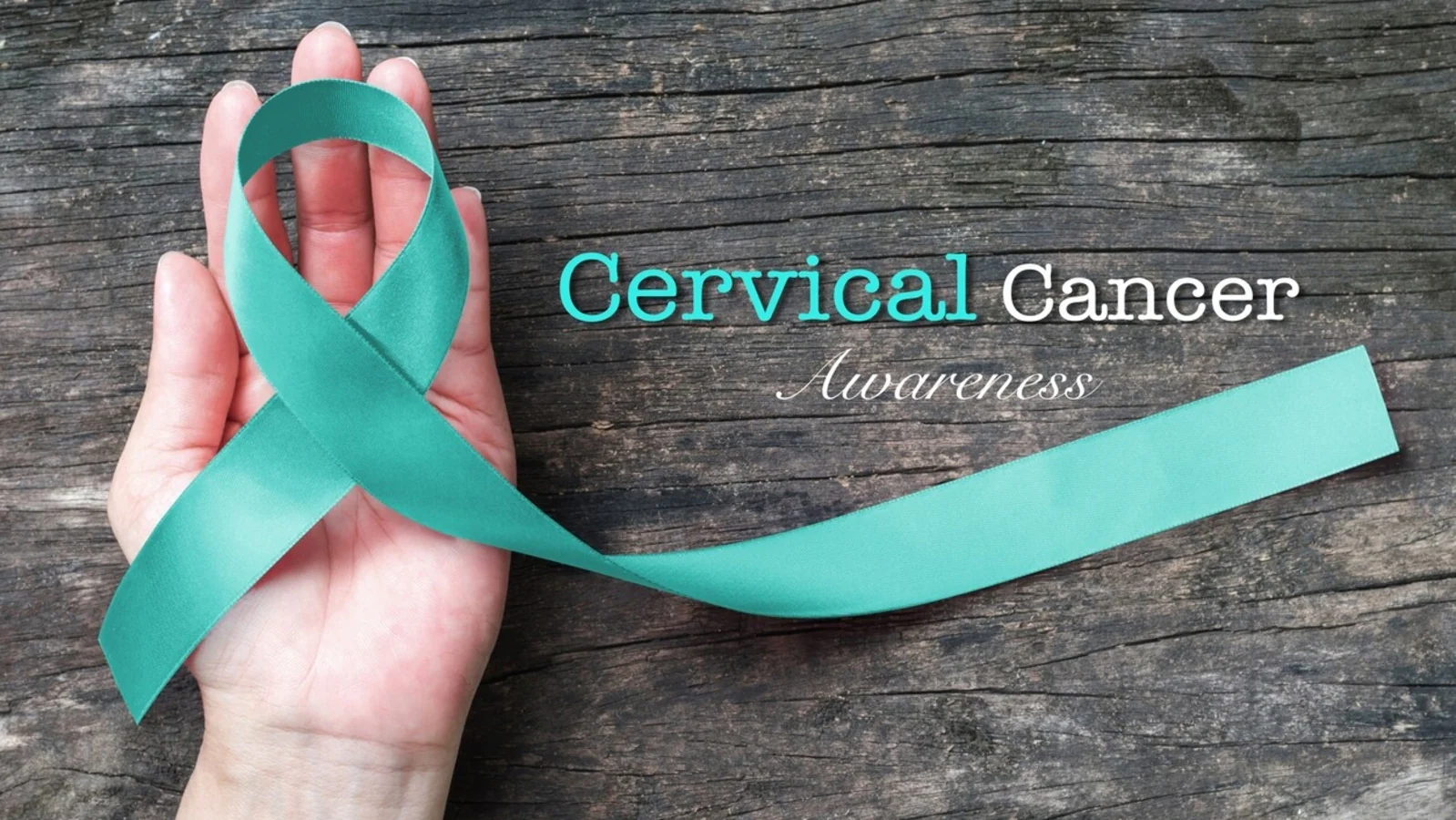Cervical cancer is a type of cancer that starts in the cervix, the lower part of the uterus that connects to the vagina. It is the fourth most common cancer among women worldwide, and the fourth leading cause of cancer death among women.
What causes cervical cancer?
Cervical cancer is caused by the human papillomavirus (HPV), a sexually transmitted infection (STI). There are over 100 types of HPV, and some types can cause cancer.
How is cervical cancer diagnosed?
The Pap test is the most common screening test for cervical cancer. It is a simple, painless procedure that involves collecting cells from the cervix. These cells are then examined under a microscope for any signs of cancer or precancerous changes.
How is cervical cancer treated?
The treatment for cervical cancer depends on the stage of the cancer. Early-stage cervical cancer can often be treated with surgery. More advanced cancer may require radiation therapy, chemotherapy, or a combination of treatments.
How can cervical cancer be prevented?
The best way to prevent cervical cancer is to get vaccinated against HPV. The HPV vaccine is available for girls and boys ages 9-26.

What can women do to protect themselves from cervical cancer?
In addition to getting vaccinated against HPV, women can also protect themselves from cervical cancer by:
- Getting regular Pap tests
- Abstain from sex or have safe sex
- Avoid smoking
Additional information
The American Cancer Society recommends that women start getting Pap tests at age 21.
The American Cancer Society (ACS) recommends that women start getting Pap tests at age 21. A Pap test is a screening test for cervical cancer, which is a type of cancer that starts in the cervix, the lower part of the uterus that connects to the vagina.
The ACS recommends that women get Pap tests every three years until they are 30 years old. After age 30, women can get Pap tests every five years, as long as they have had three normal Pap tests in a row.
Women who are at high risk for cervical cancer may need to get Pap tests more often. High-risk factors for cervical cancer include:
- A history of cervical cancer or precancerous changes
- A weakened immune system
- A family history of cervical cancer
- Smoking
- Multiple sexual partners
- A history of sexually transmitted infections (STIs)
If you are at high risk for cervical cancer, talk to your doctor about how often you should get Pap tests.

Why is it important to get regular Pap tests?
Regular Pap tests can help detect cervical cancer early, when it is most treatable. Early detection of cervical cancer can lead to successful treatment and a cure.
How is a Pap test performed?
A Pap test is a simple, painless procedure that can be performed in a doctor’s office or clinic. During a Pap test, the doctor will use a small, soft brush to collect cells from the cervix. These cells are then sent to a lab to be examined under a microscope.
What if my Pap test is abnormal?
If your Pap test is abnormal, it does not necessarily mean that you have cervical cancer. However, it is important to have follow-up testing to determine if you have any precancerous changes. Precancerous changes can be treated to prevent them from developing into cancer.
Women should get Pap tests every three years until they are 30 years old.
Cervical cancer is a type of cancer that starts in the cervix, the lower part of the uterus that connects to the vagina. It is the fourth most common cancer among women worldwide, and the fourth leading cause of cancer death among women.
The American Cancer Society (ACS) recommends that women start getting Pap tests at age 21. A Pap test is a screening test for cervical cancer. It is a simple, painless procedure that involves collecting cells from the cervix. These cells are then examined under a microscope for any signs of cancer or precancerous changes.
The ACS recommends that women get Pap tests every three years until they are 30 years old. This is because the risk of cervical cancer is highest in women under age 30. Regular Pap tests can help detect cervical cancer early, when it is most treatable.
After age 30, women can get Pap tests every five years, as long as they have had three normal Pap tests in a row. This is because the risk of cervical cancer decreases after age 30.
And women who are at high risk for cervical cancer may need to get Pap tests more often.
If you have any concerns about your health, visit vituras.
You can also read our article about cancer-fighting foods.











